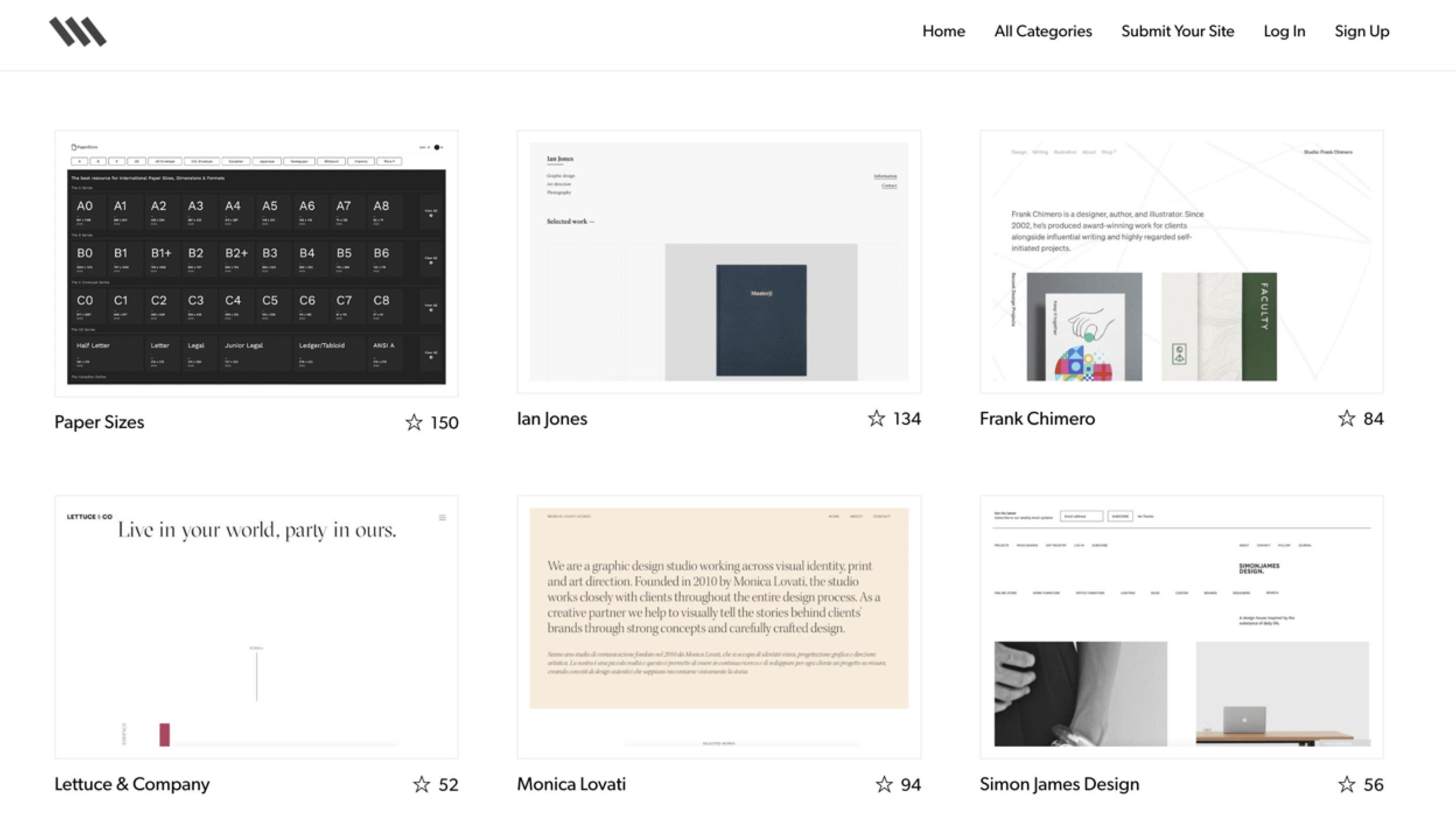2Mami Insights
Your go-to source for news, tips, and inspiration.
Less is More: The Zen of Minimalist Web Design
Discover the power of simplicity in web design. Embrace minimalist aesthetics and transform your online presence effortlessly!
The Principles of Minimalist Web Design: How Less Can Lead to More
The Principles of Minimalist Web Design focus on the idea that simplicity fosters clarity. By stripping away unnecessary elements, designers can create a more intuitive user experience. This approach emphasizes the use of white space, which helps guide visitors' attention to the most important content, making it easier for them to navigate. A minimalist design often employs a limited color palette and straightforward typography, eliminating distractions that can overwhelm users. As a result, the message is communicated more effectively, ensuring users are more likely to engage with the content on the page.
Adopting a minimalist web design philosophy can significantly enhance the overall aesthetics and functionality of a website. By focusing on core components and eliminating clutter, designers can create sites that load faster and are more responsive. Furthermore, minimalist designs often improve accessibility and usability by providing clear pathways for interaction. To achieve this, consider implementing the following principles:
- Prioritize essential content.
- Utilize a clean layout.
- Incorporate high-quality visuals sparingly.
- Limit the use of animations and effects.

Creating Balance: Key Elements of Effective Minimalist Websites
Creating balance in web design is crucial, especially for effective minimalist websites. A minimalist approach prioritizes content and functionality by stripping away unnecessary elements that can distract users from the primary message. To achieve this balance, designers should focus on a few key elements: white space, typography, and color schemes. White space gives breathing room to content and enhances readability, allowing users to navigate the site with ease.
Additionally, strong typography helps in establishing a clear hierarchy, guiding users through the website effortlessly. Choosing a limited color palette contributes to a cohesive look, reinforcing the brand identity without overwhelming visitors. When these elements are thoughtfully integrated, they create a seamless experience that exemplifies the essence of effective minimalist websites. In summary, focus on these core aspects to ensure a balanced and user-friendly design.
Is Minimalist Web Design Right for Your Project? Considerations and Benefits
When considering whether minimalist web design is right for your project, it's important to evaluate the goals of your website. Minimalist design focuses on simplicity, using fewer elements to convey your message effectively. This approach can lead to faster load times and a cleaner user experience, which are critical factors in today's fast-paced digital environment. Ask yourself: Will a stripped-down aesthetic enhance the clarity and usability of my site? If the answer is yes, then embracing a minimalist approach may be a wise choice.
There are several benefits to adopting a minimalist web design. First, it can improve user engagement by reducing distractions, allowing visitors to focus on your content or call-to-action. Secondly, a minimalist layout often adapts better to various screen sizes, making it ideal for mobile users. Finally, simplicity in design can also result in easier maintenance, as fewer elements mean less complexity when it comes to updates and troubleshooting. Ultimately, if your project aims for clarity and efficiency, minimalist web design might just be the perfect fit.